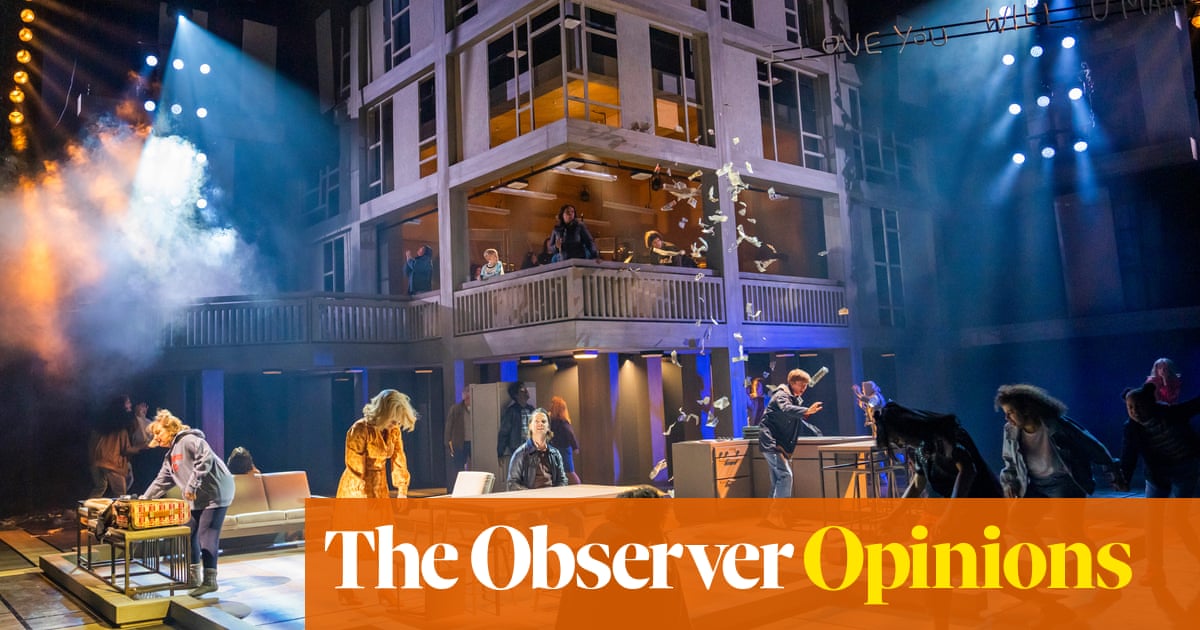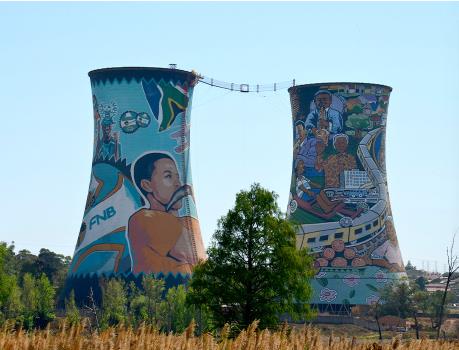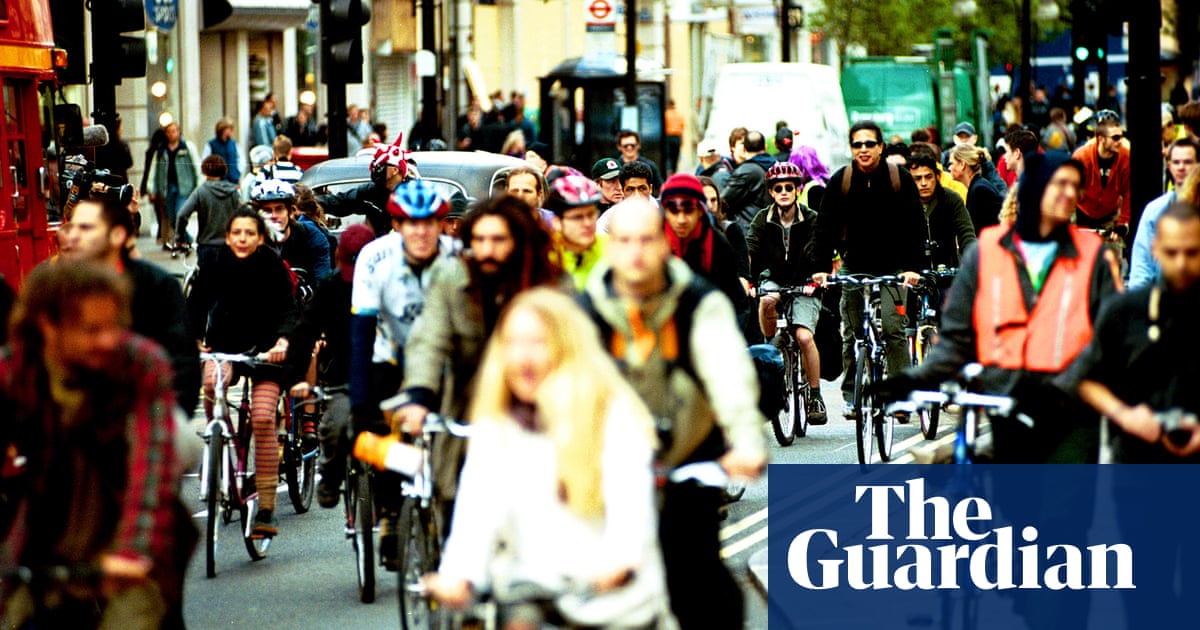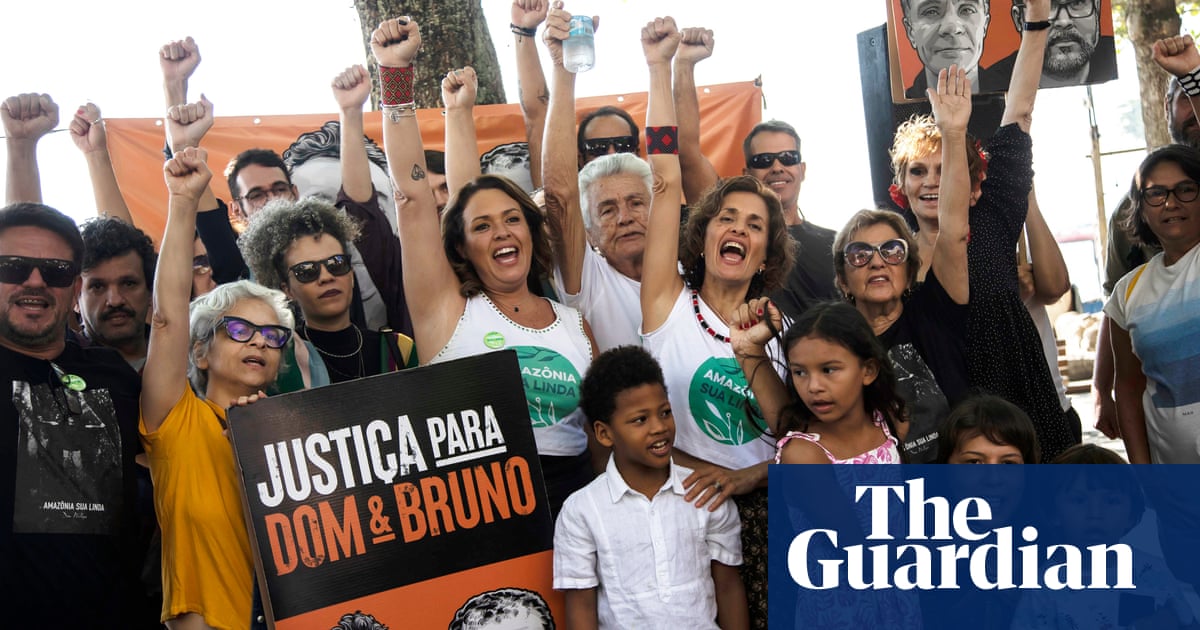
The continent’s population is expected to double by 2050, led by Nigeria, Ethiopia and Democratic Republic of Congo
PARIS: As 1960 dawned, sub-Saharan Africa braced for historic change: That year, 17 of its countries were destined to gain independence from European colonial powers.
But six decades on, the continent is mired in many problems. It is struggling to build an economic model that encourages enduring growth, addresses poverty and provides a future for its youth.
Here are some of the key issues:
Africa’s population grew from 227 million in 1960 to more than 1 billion in 2018. More than 60 percent are aged under 25, according to the Brookings Institution, a US think tank.
“The most striking change for me is the increasing reality of disaffected youth ... a younger population that is ready to explode at any moment,” Cameroonian sociologist Francis Nyamnjoh told AFP.
“They are hungry for political freedoms, they are hungry for economic opportunities and they are hungry for social fulfilment.”
Joblessness is a major peril. Unemployed youths are an easy prey for armed groups.
The continent’s population is expected to double by 2050, led by Nigeria, Ethiopia and Democratic Republic of Congo.
The proportion of Africa’s population living below the poverty line — less than $1.90 per day — fell from 54.7 percent in 1990 to 41.4 percent in 2015, according to the World Bank.
But this average masks enormous differences from one country to another, exemplified by Gabon (3.4 percent of the population in 2017) and Madagascar (77.6 percent in 2012).
“The inequalities between countries are as extreme as in Asia and the inequalities within countries as as high as in Latin America, where landless peasants coexist with huge landowners,” said Togolese economist Kako Nubukpo.
Christophe Cottet, an economist at the French Development Agency (AFD), pointed out that inequality in Africa is “very poorly measured.”
“There are notably no figures on inequalities of inherited wealth, a key issue in Africa.”
Recent decades have seen the expansion of megacities like Lagos and Kinshasa, typically ringed by shantytowns where people live in extreme poverty, although many medium-sized cities have also grown.
More than 40 percent of Africans now live in urban areas, compared with 14.6 percent in 1960, according to the World Bank.












